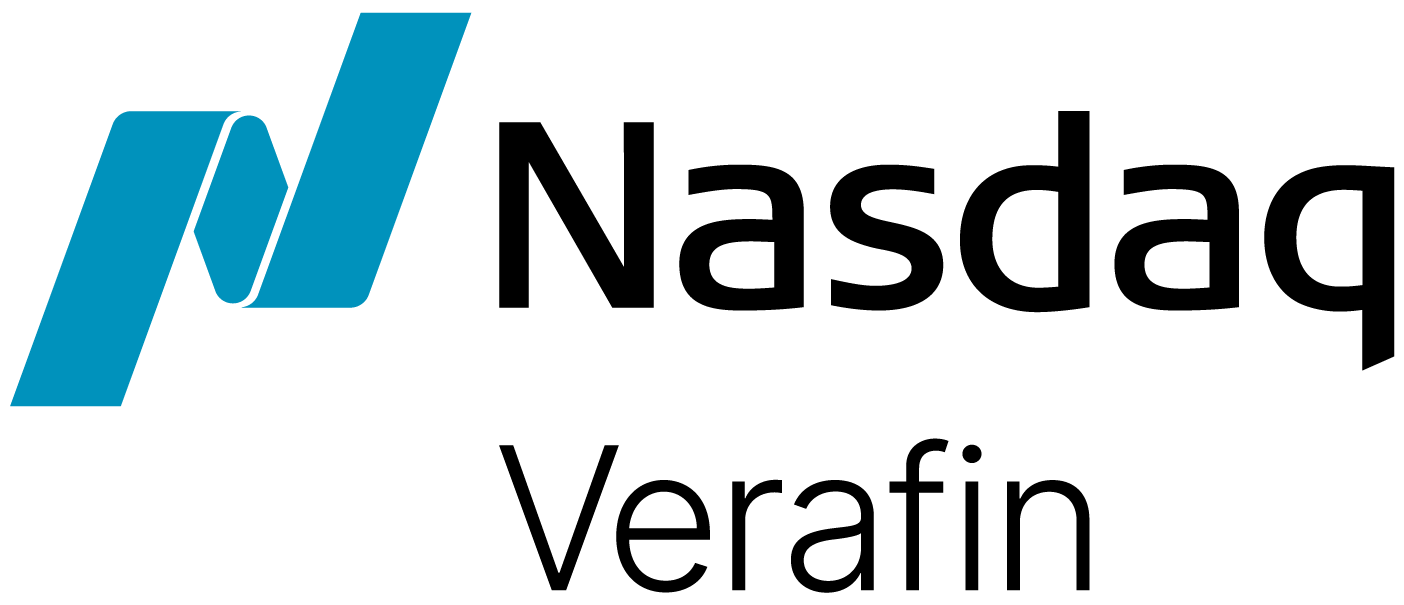Collaborating under Section 314(b) of the USA PATRIOT Act has been a hot topic these days and with good reason, it’s a simple but effective way to strengthen your financial crime detection. Read about that effectiveness yourself from some industry colleagues who are already finding success by working together.
Lynn Searcey, Compliance Analyst at Bellco Credit Union, discusses his success with 314(b):
“We were investigating a new business member due to some large volumes of cash. Because of our KYC due diligence, we knew to question the activity. These large cash deposits just didn’t seem to fit their nature of business.
Then I had noticed they had deposited a large check from another credit union. So I contacted the 314(b) contact at that credit union – each FI must have a designated 314(b) contact — and found out that they had closed out the accounts due to it being a marijuana business. This contact also mentioned that the member deposited a large check from another, a third credit union. A pattern was quickly manifesting.
I contacted the 314(b) rep from the other credit union and found out they had also closed out the accounts for the same reason. This collaboration was key to validating our suspicion and it was also valuable to have a network of local 314(b) participants to share this information with so we could also warn others. Without 314(b) I don’t think we would have caught the activity.”
Julian Guzman, Compliance Specialist II at LBS Financial Credit Union, has been similarly successful because of 314(b):
“I received an alert for a new member with a high frequency of wire transfer in and wire transfer out. The individual was transferring his funds from his old institution into ours. Then he transferred the funds to a ‘charity’ in Africa. The individual claimed to be the director of a charity that built schools in Africa. Despite being a noble cause, I had my doubts so I created Red Flag Alerts for any future transactions. Sure enough multiple wire transfers came in from different originators at different institutions.
I used 314(b) to reach out to the institutions’ respective contact people. I explained my situation and concerns and asked them to review their member’s wire transfer request. Later that day one institution called me back and stated that their member was conducting the wire transfer to invest in a company and not as a charitable donation. Everything fell into place after that.
Fortunately, we subscribed to 314(b) and had this resource so we could contact the right people to resolve the scenario. It was a simple process that explained so much.”



